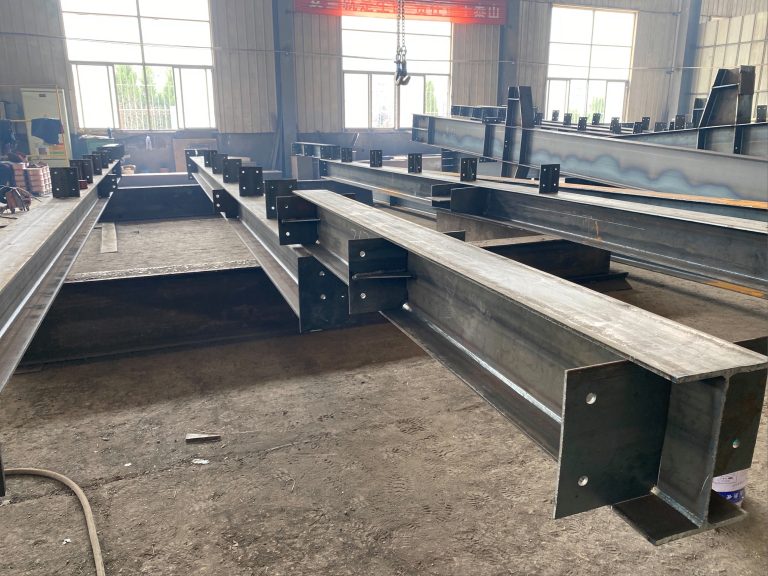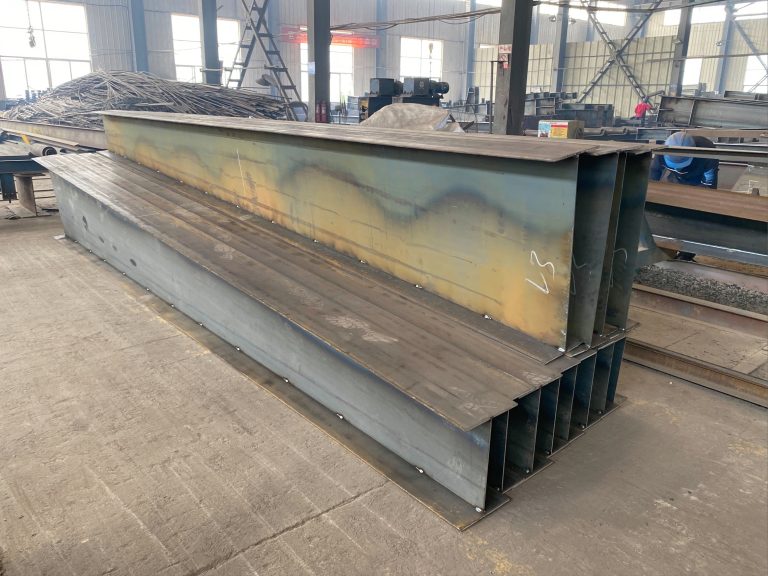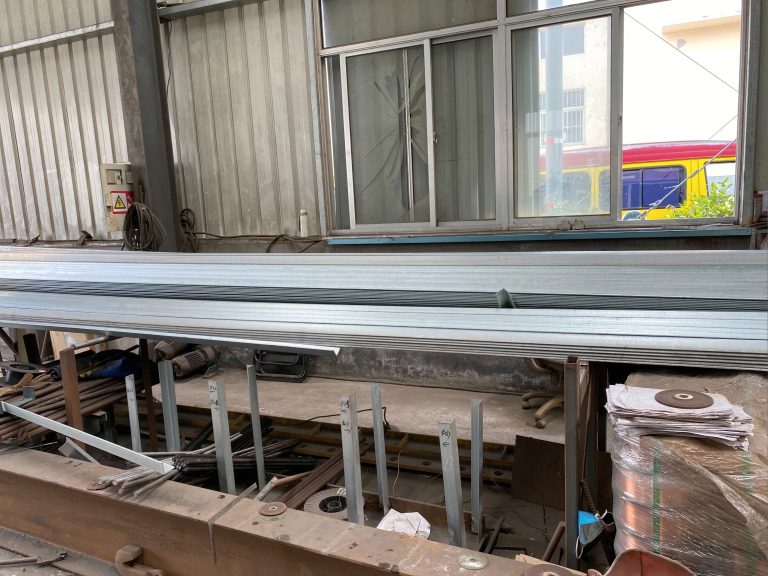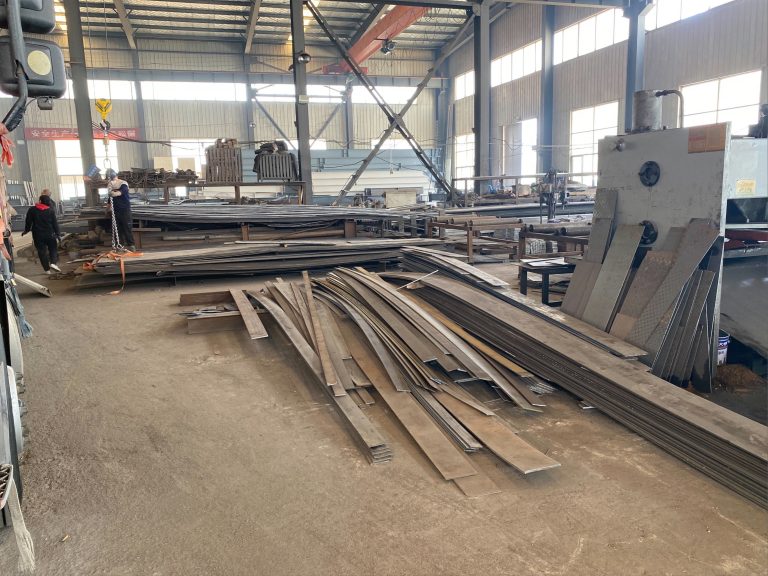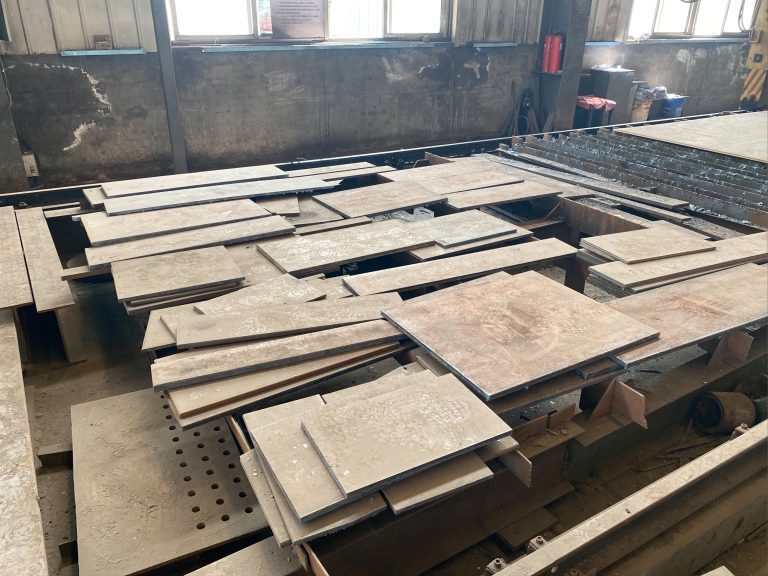Transparency and quality assurance of steel structure supply chain based on blockchain technology
Table of Contents
Benefits of Implementing Blockchain Technology in Steel Structure Supply Chain Transparency
In recent years, blockchain technology has gained significant attention for its potential to revolutionize various industries, including the steel structure supply chain. The use of blockchain technology in this sector can enhance transparency and quality assurance, ultimately benefiting all stakeholders involved in the process.
One of the key benefits of implementing blockchain technology in the steel structure supply chain is increased transparency. By utilizing a decentralized and immutable ledger, all transactions and data related to the supply chain can be securely recorded and verified. This transparency helps to eliminate the risk of fraud and ensures that all parties have access to accurate and up-to-date information.
Furthermore, blockchain technology can improve the traceability of steel products throughout the supply chain. Each step in the production and distribution process can be recorded on the blockchain, allowing for easy tracking of the origin and quality of materials. This level of traceability is crucial for ensuring that steel structures meet industry standards and regulations.
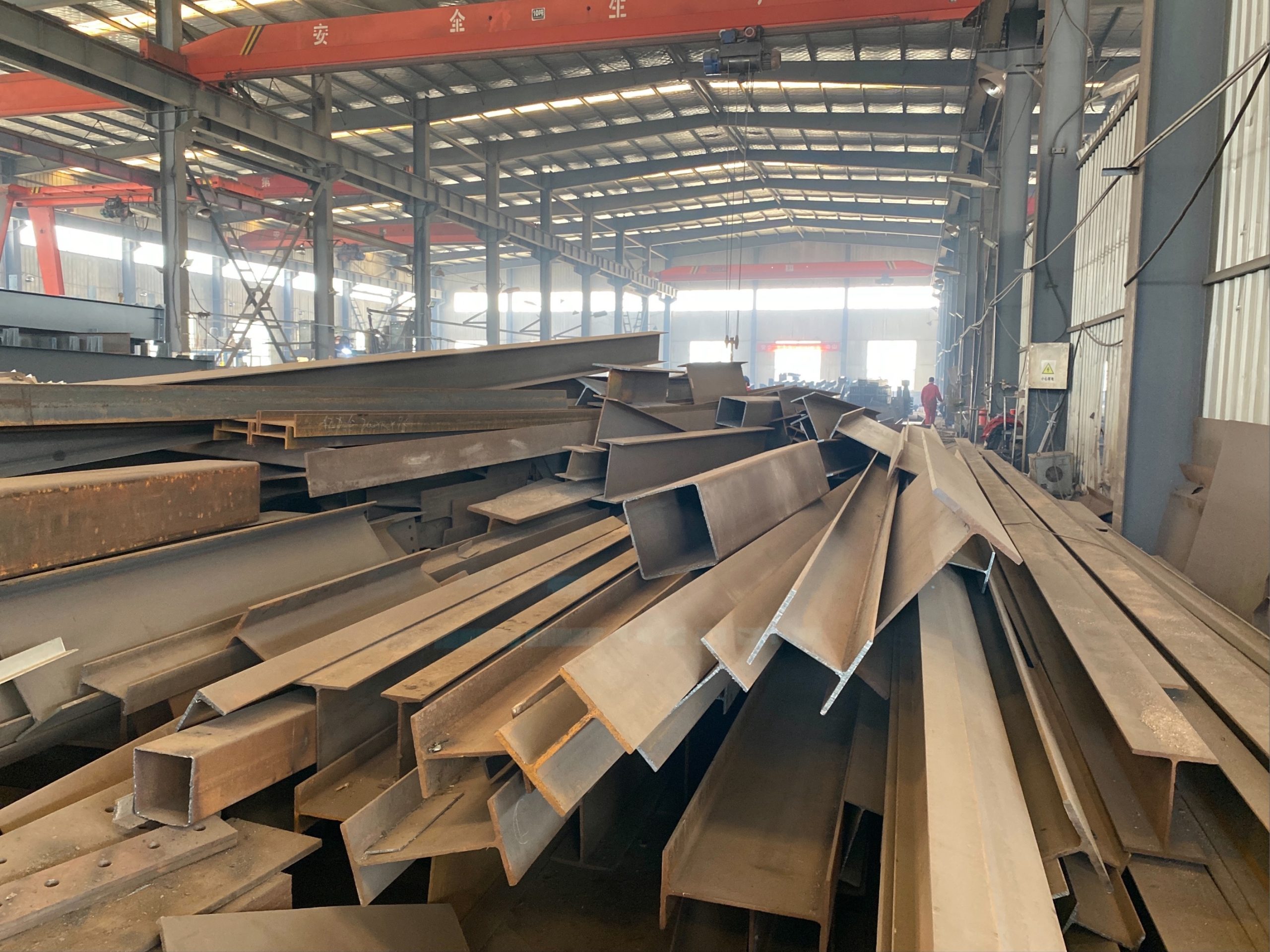
Another advantage of using blockchain technology in the steel structure supply chain is enhanced quality assurance. By recording detailed information about the production process, including the source of materials, manufacturing techniques, and inspection results, stakeholders can have greater confidence in the quality of the final product. This transparency can help to prevent defects and ensure that steel structures are built to last.
In addition to improving transparency and quality assurance, blockchain technology can also streamline the supply chain process. Smart contracts, which are self-executing contracts with the terms of the agreement directly written into code, can automate various tasks such as payments, inspections, and deliveries. This automation can reduce the risk of errors and delays, ultimately improving efficiency and reducing costs.
Furthermore, blockchain technology can facilitate better communication and collaboration among stakeholders in the steel structure supply chain. By providing a secure and transparent platform for sharing information, all parties can work together more effectively to ensure the timely and successful completion of projects. This level of collaboration can lead to improved decision-making and ultimately, better outcomes for all involved.
Overall, the implementation of blockchain technology in the steel structure supply chain offers numerous benefits, including increased transparency, enhanced quality assurance, streamlined processes, and improved collaboration. By leveraging the power of blockchain technology, stakeholders can build trust, reduce risks, and drive innovation in the industry. As the technology continues to evolve, it is clear that blockchain has the potential to transform the way steel structures are sourced, produced, and delivered.
Ensuring Quality Assurance in Steel Structure Supply Chain Through Blockchain Technology
In today’s global economy, the supply chain plays a crucial role in ensuring the quality and integrity of products. This is especially true in industries such as construction, where the use of steel structures is common. The supply chain for steel structures can be complex, involving multiple suppliers, manufacturers, and distributors. Ensuring transparency and quality assurance throughout this supply chain is essential to guarantee the safety and reliability of the final product.
One technology that has the potential to revolutionize the way we track and verify the supply chain of steel structures is blockchain. Blockchain is a decentralized, distributed ledger technology that allows for secure and transparent record-keeping. By using blockchain technology, stakeholders in the steel structure supply chain can track the provenance of materials, monitor the production process, and verify the authenticity of products.
One of the key benefits of using blockchain technology in the steel structure supply chain is increased transparency. With blockchain, every transaction and interaction within the supply chain is recorded in a secure and immutable ledger. This means that stakeholders can easily trace the journey of a steel structure from raw material to finished product. This level of transparency can help to prevent fraud, counterfeiting, and other unethical practices that can compromise the quality of steel structures.
In addition to transparency, blockchain technology also offers enhanced security and data integrity. Because blockchain is decentralized and encrypted, it is virtually impossible for unauthorized parties to tamper with the data stored on the ledger. This ensures that the information recorded in the blockchain is accurate and trustworthy, providing stakeholders with confidence in the quality and authenticity of steel structures.
Furthermore, blockchain technology can streamline the supply chain process by automating tasks such as inventory management, order processing, and payment verification. By using smart contracts, which are self-executing contracts with the terms of the agreement directly written into code, stakeholders can automate routine transactions and reduce the risk of human error. This can lead to increased efficiency, cost savings, and faster delivery times for steel structures.
Overall, the implementation of blockchain technology in the steel structure supply chain can help to ensure quality assurance and transparency throughout the entire process. By leveraging the benefits of blockchain, stakeholders can track the provenance of materials, monitor the production process, and verify the authenticity of products. This can lead to improved safety, reliability, and trust in steel structures, ultimately benefiting both manufacturers and consumers.
In conclusion, blockchain technology has the potential to revolutionize the way we track and verify the supply chain of steel structures. By providing increased transparency, security, and efficiency, blockchain can help to ensure quality assurance throughout the entire supply chain. As the technology continues to evolve and mature, we can expect to see even greater benefits for the steel structure industry and beyond.

